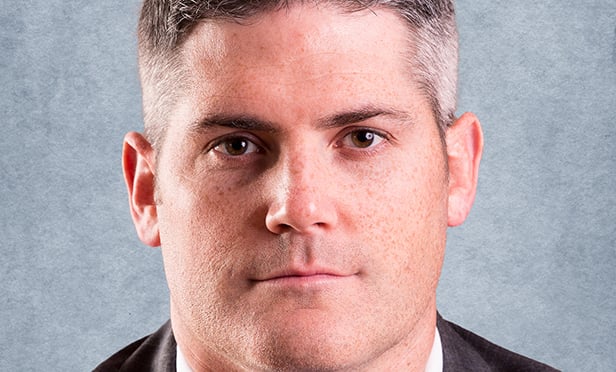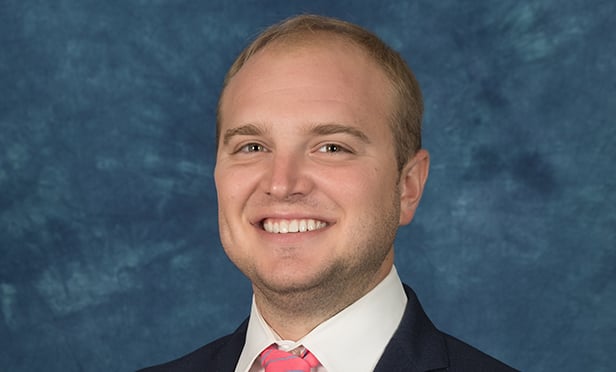DENVER—What happens when a supply-chain panel at a development conference is combined with a half-serious game of “Jeopardy”? It becomes a spirited and informative session that had attendees at NAIOP's Development '14 here talking earlier this week.
Moderator Richard Thompson, managing director of Jones Lang LaSalle, got into character during the session titled, “The Weakest Link: Benefits of Understanding the Supply Chain,” by donning a colorful patterned jacket and playing host to the game a la Alex Trebek. Larry Harmsen, COO—the Americas, for Prologis, played team captain for the “green” team (attendees on one side of the room, who ultimately won), while Michael Ruen, managing director—East Region, for DCT Industrial served as captain of the “blue” team (attendees on the other side of the room). Each chose contestants to vie for points based on correct questions to answers provided on a Jeopardy-like screen. Answers were judged according to their accuracy by judges Gregg Macaluso, faculty director of MS programs in supply-chain management and business analytics at the Leeds School of Business at the University of Colorado—Boulder and Mark Albright, VP logistics for Sports Authority. Categories included supply-chain acronyms, transportation modes, logistics trends, ports and—in true “Jeopardy” style—potpourri.
The judges gave weight to the answers by explaining a bit about why the information was relevant to executives dealing with supply-chain issues. Here are some interesting and useful bits of information that came out of the session:
- TEU stands for 20-ft. equivalent unit, used to describe the capacity of container ships and container terminals.
- The busiest European container port is Rotterdam.
- The fastest-growing transportation mode is intermodal, which is 30% cheaper than truck transportation.
- The top three considerations for the location of a distribution center are customer proximity, labor and transportation.
- China's labor rates are increasing at 15% per year as the pendulum swings back from Asia to the US and other continents.
- The second-largest Canadian container port is Prince Rupert. It's important to know about port sizes so you have a contingency plan in case the port you were planning to use is not accessible for some reason.
- Trucking accounts for between 70% and 80% of freight moving today globally. The amount of trucking used depends on the type of industry and the goal of the transportation.
- The number-one supply-chain company in the world is Apple, which does 69.2 turns a year—four times the amount of any other company in the top 25.
- WMS stands for warehouse management systems, a term that often gets misused depending upon the vernacular being used.
- DSD means direct store delivery, a means for retailers to bypass their warehouses by having vendors deliver directly to stores. This reduces their warehouse expenses, but can increase transportation costs. A similar acronym, DSV, stands for direct store by vendor, which is even more specialized.
- The volume increase in a 53-ft. trailer over a 40-ft. container is 32%.
- SCM stands for supply-chain management, a term that has evolved in the last 15 to 20 years.
- Some top-rated supply-chain colleges include Michigan State, Penn State, UC—Boulder, University of Tennessee, Texas A&M, MIT, Georgia State and Arizona State.
- The maximum number of hours a truck driver is allowed to work per day is 11 driving, 14 on duty. When considering your deliver times, you need to watch DOT delivery regulations—they allow for 300 miles per day maximum.
- S&OP stands for sales and operations planning, one of the top three supply-chain challenges for corporate clients.
- Roughly 80% of the top 10 container ports are located in Asia.
- The largest container port in the US is L.A./Long Beach.
- The unladed weight of a shipping container is referred to as its tare.
- The largest container ship in the world's TEU capacity is 18,270 TEUs. Ships are getting bigger, requiring some ships to anchor off port if they can't fit into the port (this happened in Long Beach).
- ASRS refers to automated storage retrieval system. Warehouses with a more complex ASRS can reduce manpower, allowing for narrower aisles that reduce square-footage needs.
- ILWU and ILA stand for International Longshore & Warehouse Union and International Longshoremen's Association. These unions may go on strike at times, reinforcing the need for contingency plans for port delivery.
- Class-1 railroads including CSX, KCS and BNSF spend a lot of time evaluating where supply chain is going to change. In addition, some of the richest men in the world invest in railroads, a fact that indicates how powerful this method of transportation is.
- Upon completion in 2016, the Panama Canal will be able to accommodate 13,000 TEU.
- Supply chain accounts for 8.5% of our national GDP.
- The first container ship came into play in 1955, around the time the interstate highway system started.
- Transportation, labor and inventory costs account for a huge percentage of a distribution center's operating costs—possibly up to 88%.
Later, GlobeSt.com heard attendees speaking about the session, saying it was fun and interesting, but some of the information was unnecessary for attendees to know. Perhaps, but chances are they won't soon forget this session.
© 2025 ALM Global, LLC, All Rights Reserved. Request academic re-use from www.copyright.com. All other uses, submit a request to [email protected]. For more information visit Asset & Logo Licensing.







